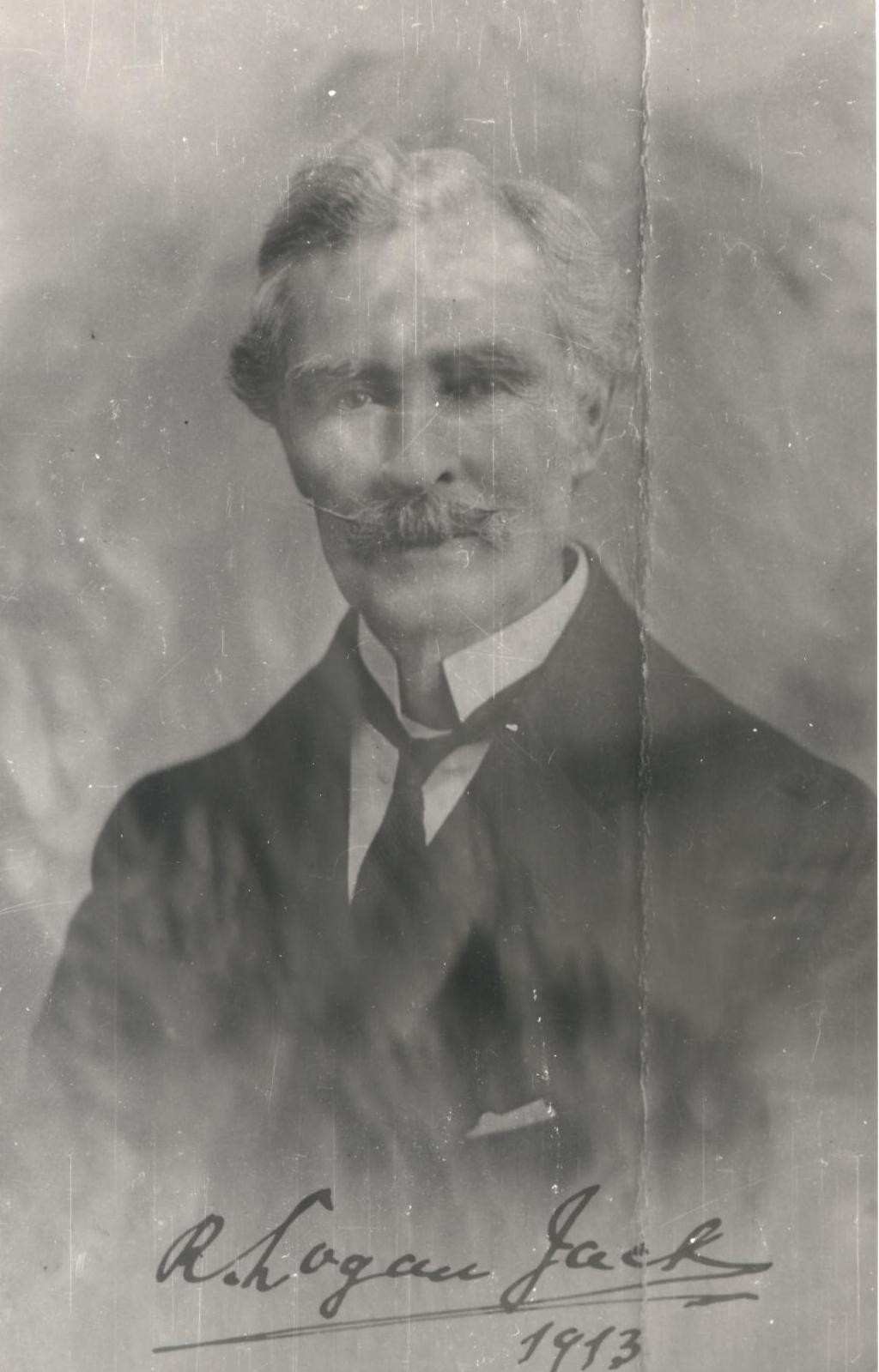Following the early explorations and observations of the area we now know as Cape York Peninsula, by Dutch navigators, other mariners and explorers were to make their own contributions in terms of its naming, charting and understanding. Some would be more famous than others and some, as they journeyed for specific purposes such as moving cattle or joining the rush for gold, would be anonymous in the Cape’s history.
Cape York Peninsula was named by Lieutenant James Cook in August 1770 in honour of Prince Edward, Duke of York and Albany, a brother of King George III, who had died three years earlier. Cook referred to this historic event in his journal, saying, “the point of the main, which forms one side of the passage…and which is the northern promontory of this country, I have named York Cape, in honour of his late Royal Highness, the Duke of York”.
Matthew Flinders was to follow, in 1802, undertaking a detailed maritime exploration of the west coast, during which he noted the Laterite deposits which were later to become such a valuable resource. Ludwig Leichhardt, in 1844, took his place in this progression of explorers when he crossed Cape York Peninsula as far north as the Mitchell River. Edmund Kennedy undertook his important but tragic overland journey north from Cardwell to Port Albany near the tip of Cape York Peninsula, in 1848. Later, in 1865, the Jardine brothers overlanded cattle to Cape York to supply a proposed coaling station near Somerset, to supply vessels travelling through the adjacent shipping lanes.
William Hann, a Charters Towers pastoralist was commissioned by the colonial government, in 1872, to conduct an exploratory journey into Cape York Peninsula, to investigate the area’s mining and pastoral potential. Later, Robert Logan Jack, the Queensland government geologist, explored North Queensland in two expeditions, in 1879-80, extending from Cooktown to the Archer River as well as areas to the west. As well, many individual overlanders, prospectors, gold seekers and general searchers of opportunity were to continue this exploration, adding to the available knowledge of this isolated but valuable area of Queensland.

Comments
Your email address will not be published.
We welcome relevant, respectful comments.